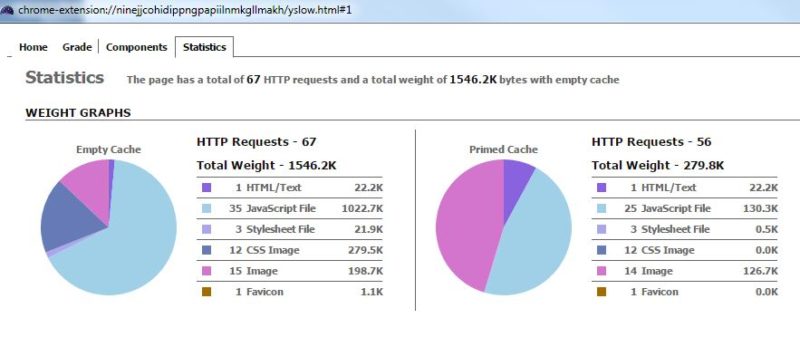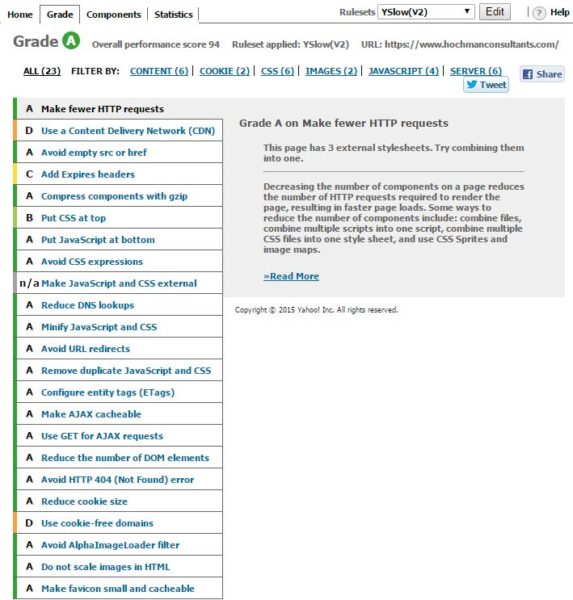Web Overload: Why Digital Advertising Needs To Hit The Reset Button
Columnist Jonathan Hochman explains why marketers need to take a close look at their technologies and Web practices or risk losing users who are fed up with too much advertising and tracking.
Last week’s rising anxiety for digital marketers was the release of Apple’s iOS 9 with ad-blocking technology.
In “Welcome to hell: Apple vs. Google vs. Facebook and the slow death of the Web,” Nilay Patel, editor-in-chief of The Verge, worries that ad blocking is going to kill small publishers and leave the Web a fragmented set of proprietary silos controlled by big tech companies.
Marco Arment, co-founder of Tumblr, then pulled Peace, his highly successful ad-blocking app, saying that it was a blunt tool that could damage innocent parties.
Creeping Cruft
While it may be true that Apple has attacked Google’s revenue stream with iOS 9, something more fundamental has happened. For years, digital marketers have been loading more and more “cruft” into their Web pages and thence onto users’ browsers.
What do I mean by cruft? I mean stuff that doesn’t directly benefit the user:
• Redundant Tracking Scripts — one for each marketing automation software and for each ad network. A clever webmaster configures one tracking system to collect and share data with different marketing tools and is selective about which ad networks to use.
• Too Many Social Media Widgets And Buttons — to like, follow, share and show what other people said. Compelling content is the key to social media marketing, not more buttons.
Buttons and widgets often come with hidden payloads, software that collects valuable user data and sends it back to companies that exploit or sell the data without compensating the publisher.
• Dynamic Content Like Sliders And Carousels — that have been proven time and again to damage conversion rates while adding weight to the page.
These features often reflect a lack of decisiveness. Instead of choosing the best image, the designer rotates three or four mediocre ones.
• Giant But Unnecessary Images — that look great on design comps but don’t improve the functionality, conversion rate or performance of a website. Images should add value, convey meaning and load quickly.
At some point, the Web starts to collapse under the strain of all this cruft. Users become jaded and not inclined to visit new sites because they fear what’s going to happen.

Graph via YSlow/Yahoo shows which elements contribute to the weight of a page.
When users experience slow page loads and frequent browser crashes, especially on mobile devices, it’s not surprising that people would want to block ads and tracking. Why should a user have to scroll horizontally and vertically looking for a tiny “x” to close the unwanted interstitial that’s been stuck in his face before he even sees the page content?
Have we finally reached the breaking point? I think so. The combination of increasing marketing cruft and rising mobile usage has triggered a crisis in digital advertising.
Ad Blocking
Ad blocking has been around for at least 16 years. In 1999, Lavasoft’s Ad-Aware was available to identify Web tracking and then to block ads. I used it, and it worked.
Once pop-up ad blockers became standard in most browsers around 2004, I decided that I didn’t need to block ads any longer, because the browsers themselves blocked the most obnoxious ones. Banners weren’t too bothersome, and they were sometimes relevant.
Another existing technology to block overly intrusive marketing, Ghostery, has been around since at least 2010. Ghostery identifies tracking cookies and can block them to protect user privacy.
As a marketer, you can use Ghostery to find out what tracking is installed on your site. Often, widgets install extra tracking without clear disclosure.
Recent developments in ad blocking and privacy in iOS 9 are not conceptually new. They merely represent 1) Apple responding to user demand, and 2) Apple seeking to enhance its own revenue, possibly at the expense of Google and other ad networks.
Apple has gained a competitive advantage because users need a better mobile browsing experience. The company has successfully tapped the energy of user frustration to enhance its position, but blaming the company does nothing to solve the underlying problem. (Disclosure: I have done consulting work for Apple in the past, but they had no involvement in this article.)
To alleviate the risk of ad blocking, publishers first need look at their own technology and practices with a critical eye.
Web Hygiene
I expect Google and other responsible advertising networks to respond to ad blocking by giving publishers stronger encouragement to follow good practices for Web usability and page speed. Basic guidelines for Web hygiene include:
1. Limit The Number Of Tracking Scripts. A developer can inspect the code and identify all the different tracking scripts that are hard-coded.
This inventory should be reviewed occasionally and unneeded scripts removed. If Google Tag Manager or something similar is used, log in and review what tags are being fired on each page and make sure to prune any that are no longer needed.
Finally, use tools like Ghostery, Google PageSpeed Insights and the free open-source YSlow to see what scripts are being called, and make sure each one is needed.
2. Don’t Load Interstitial Ads When A Page First Renders. Let users see the content and get oriented before pitching them an offer.
Interstitials might be appropriate after a page has been viewed for 30 seconds or after the user clicks to a second page, and for goodness’ sake, please make the close “X” easy to see and large enough to tap.
3. Limit The Number Of Ads On A Page. Google already encourages restraint by down-ranking ad-heavy pages in organic search. Although there is no set limit, a Web page should be content with ads, not ads with content.
A typical television show of 30 minutes has eight minutes of ads, about 25 percent. Over the decades, television networks have figured out how much advertising is tolerable, and they maintain a reasonable limit.
As a starting point for designing Web pages, it might be reasonable to limit ads and sponsored content to 25 percent of the page area. Publishers should look at their pages and consider, “Would I pay for my ad to be on this page?”
Too much paid content dilutes attention and devalues the advertising. As an advertiser, I always track ROI and cut sites out of the media plan when they don’t provide good value. At some point, increasing ad density lowers ad rates, traffic and income.
4. Limit Motion On The Page Because It’s A Distraction. Don’t have more than one self-playing ad, video, slideshow or carousel on a page, and limit motion to 30 seconds.
The 30-second limit is the current rule for animated ads on Google’s display network. User-controlled interactive features are fine, but interactive features that run by themselves should be used sparingly or not at all.
5. Use Tools Like Google PageSpeed Insights And YSlow to make Web pages fast, memory-efficient and crash-resistant. Pages can be scored automatically.
If a page performs poorly, it shouldn’t be in the advertising network or part of the media plan. Crummy pages benefit neither users or advertisers.
Scum And Villainy
Not only does Web hygiene protect against creeping crud, it can also shield against malice, greed and incompetence.
In “The Mobile Video Ad Lie,” Rob Leathern, former CEO of Optimal, documents an egregious case involving the New York Post. According to his research, an ad network appears to be defrauding advertisers and damaging user experience on nypost.com by serving hidden ads, ads only visible after multiple screens of vertical scrolling and after long delays and gigantic downloads.
By following the guidelines for Web hygiene, the New York Post will be able to see when something is wrong with their pages. I tried to analyze http://nypost.com myself, but YSlow froze, a possible sign of trouble.
Digital marketers, ad networks and digital marketing associations should establish reasonable guidelines, including standards for ad density, viewability, download time and bandwidth consumption.
If ads and tracking are used with restraint, users will accept them as the cost of accessing free content. That’s the implicit deal between users and publishers.
When publishers push or allow too much advertising and tracking, that leaves users with a frustratingly poor Web experience, and the deal breaks down. Before a few bad actors ruin the market for everyone, the digital advertising industry needs to clean house.
Contributing authors are invited to create content for MarTech and are chosen for their expertise and contribution to the martech community. Our contributors work under the oversight of the editorial staff and contributions are checked for quality and relevance to our readers. The opinions they express are their own.
Related stories
New on MarTech


